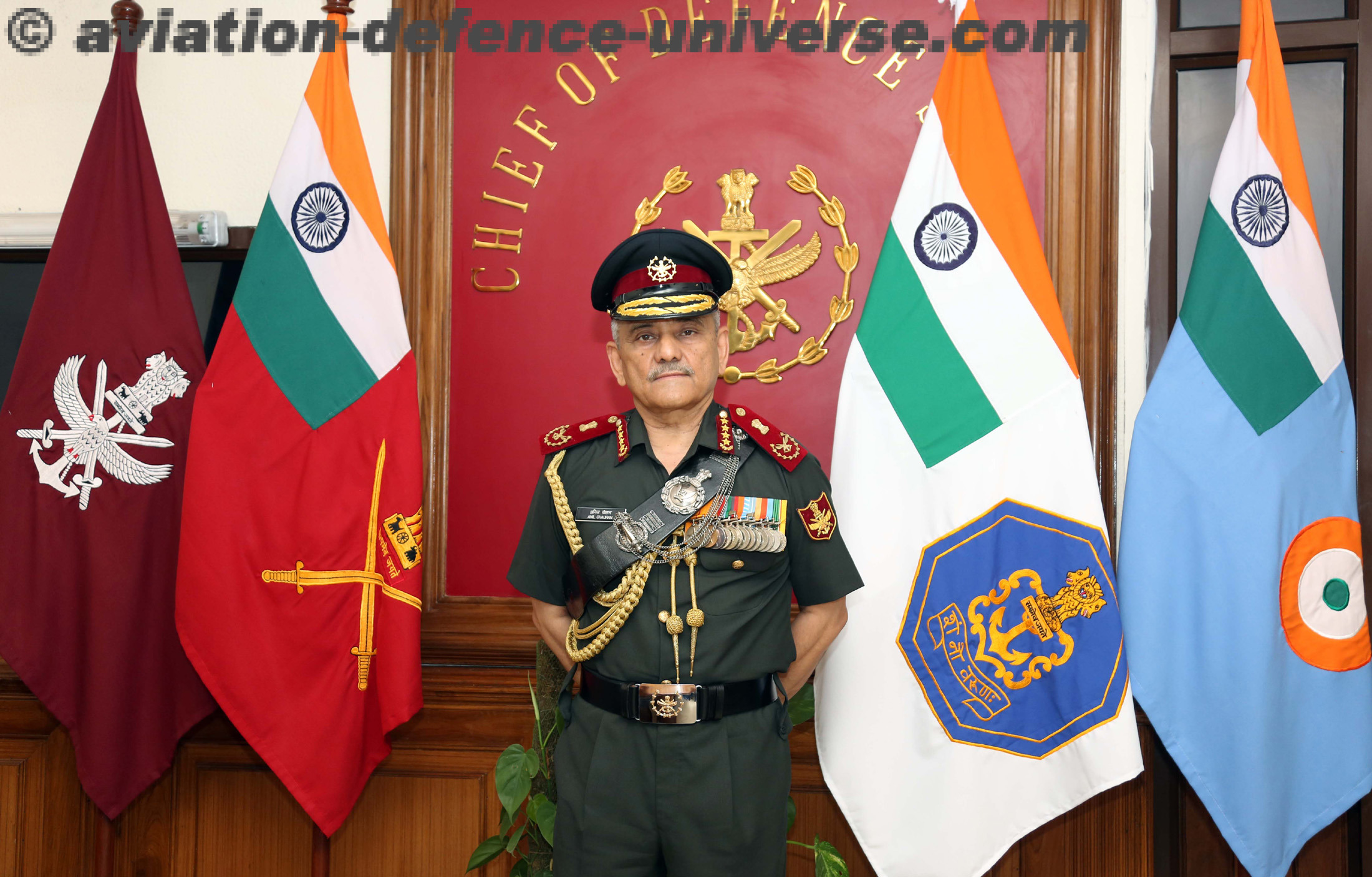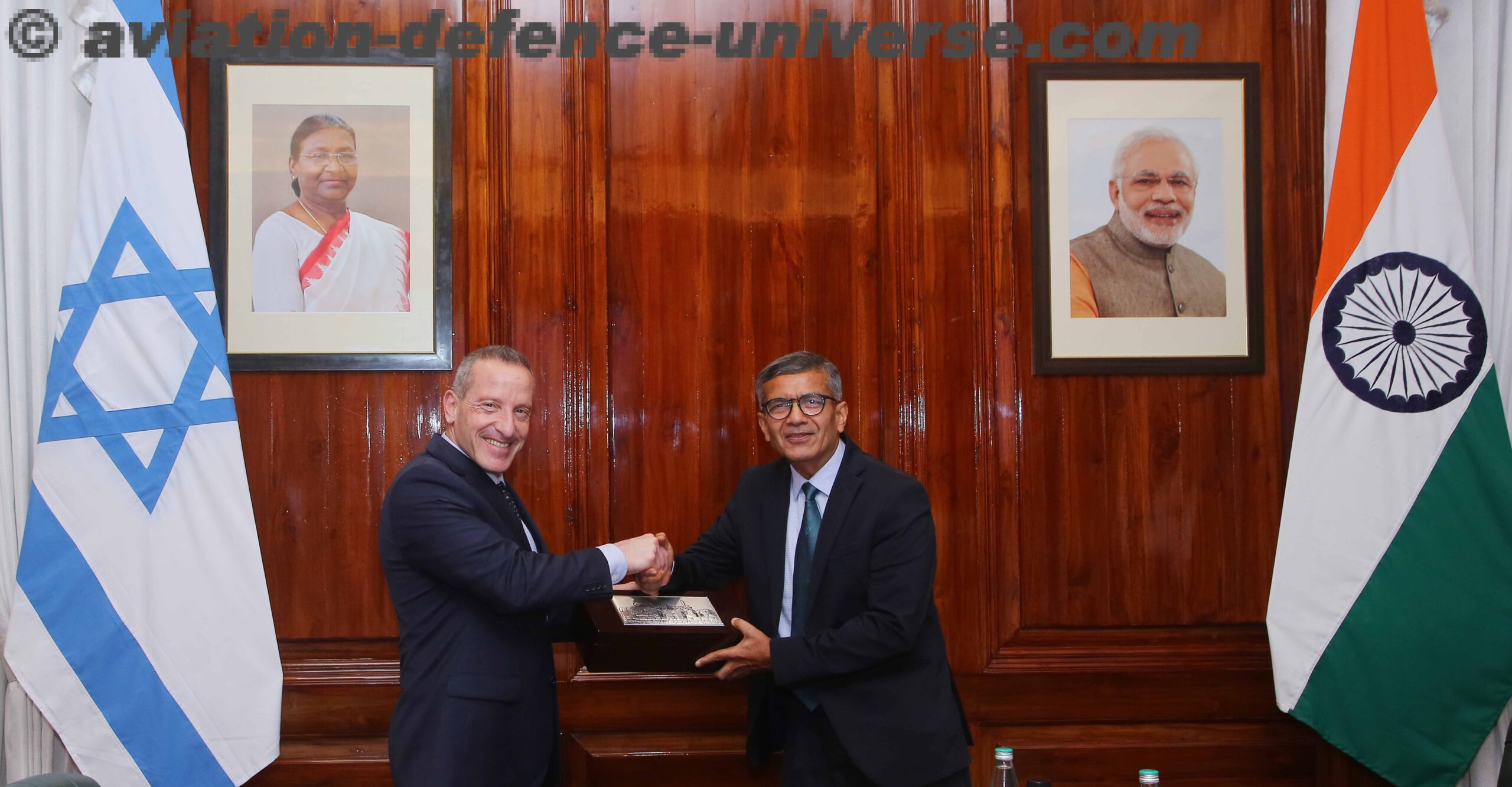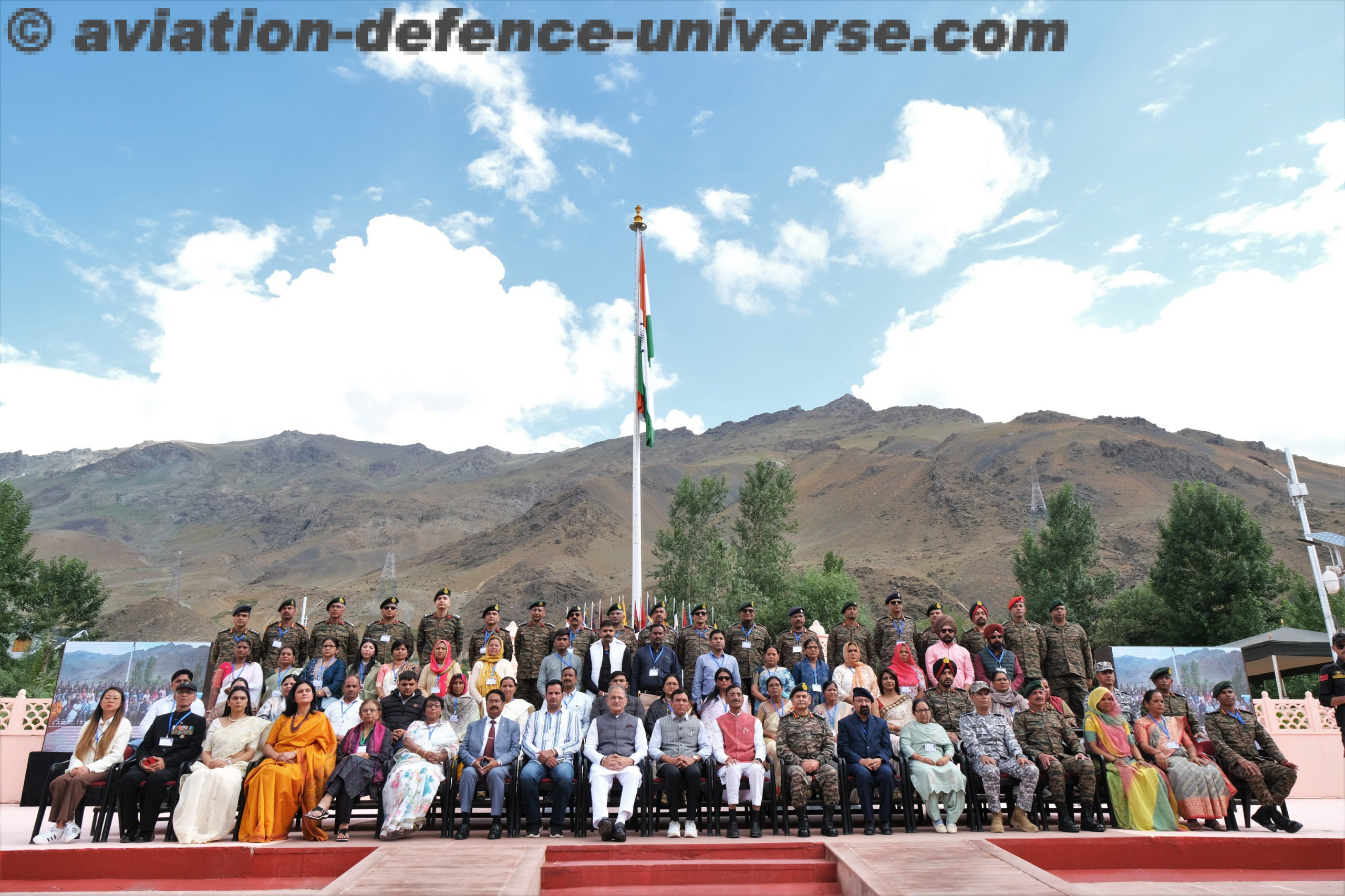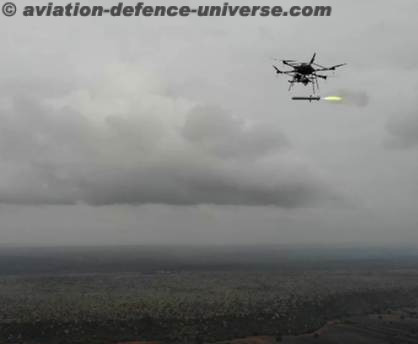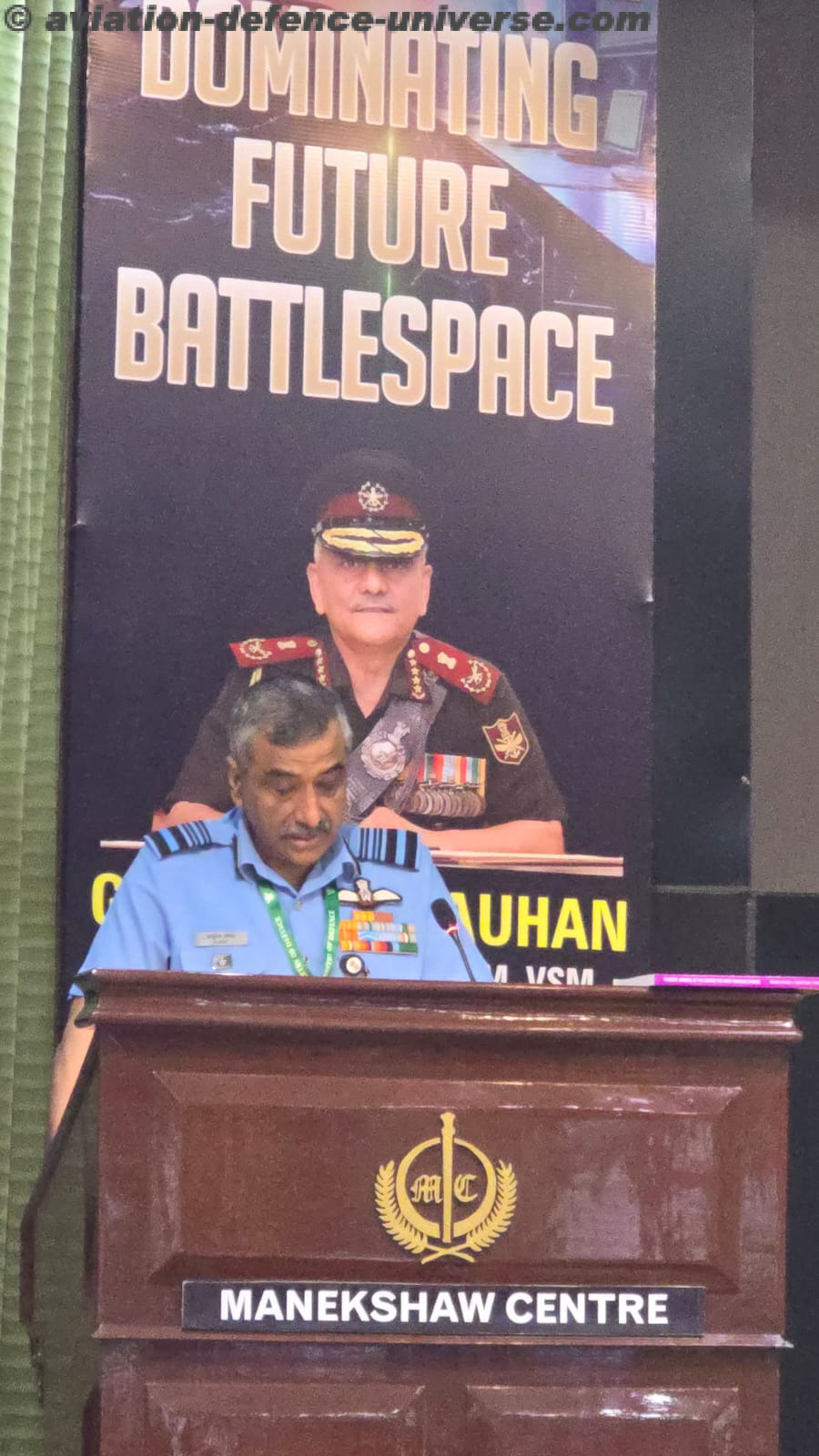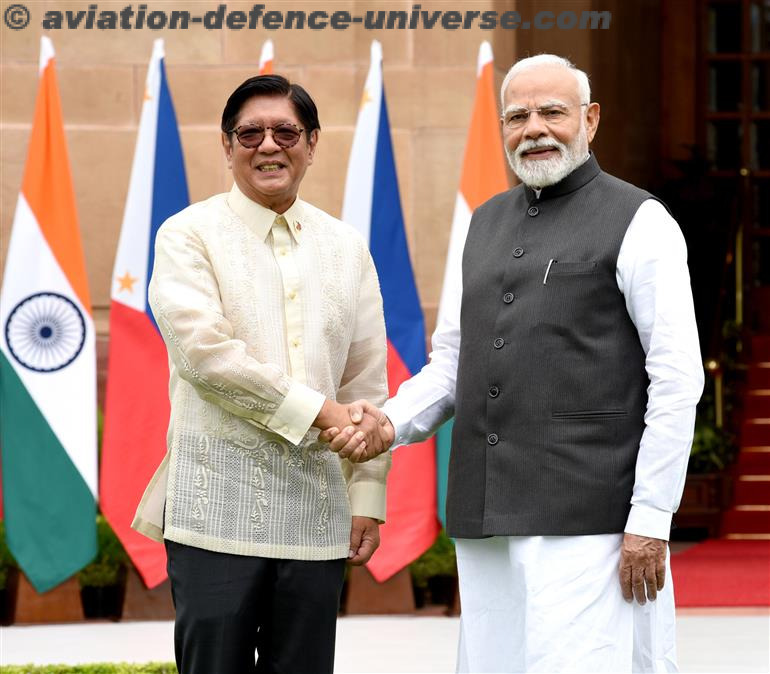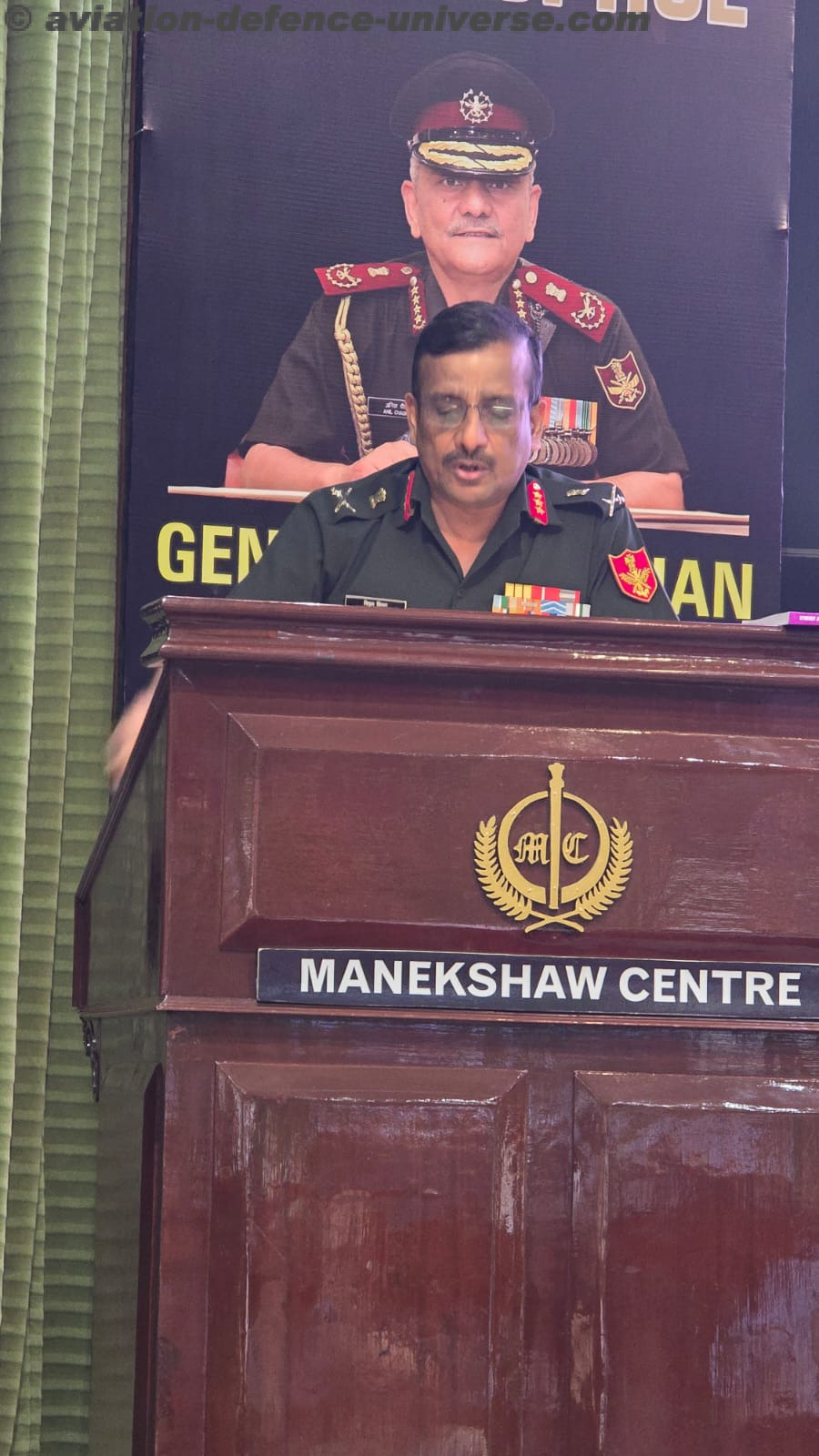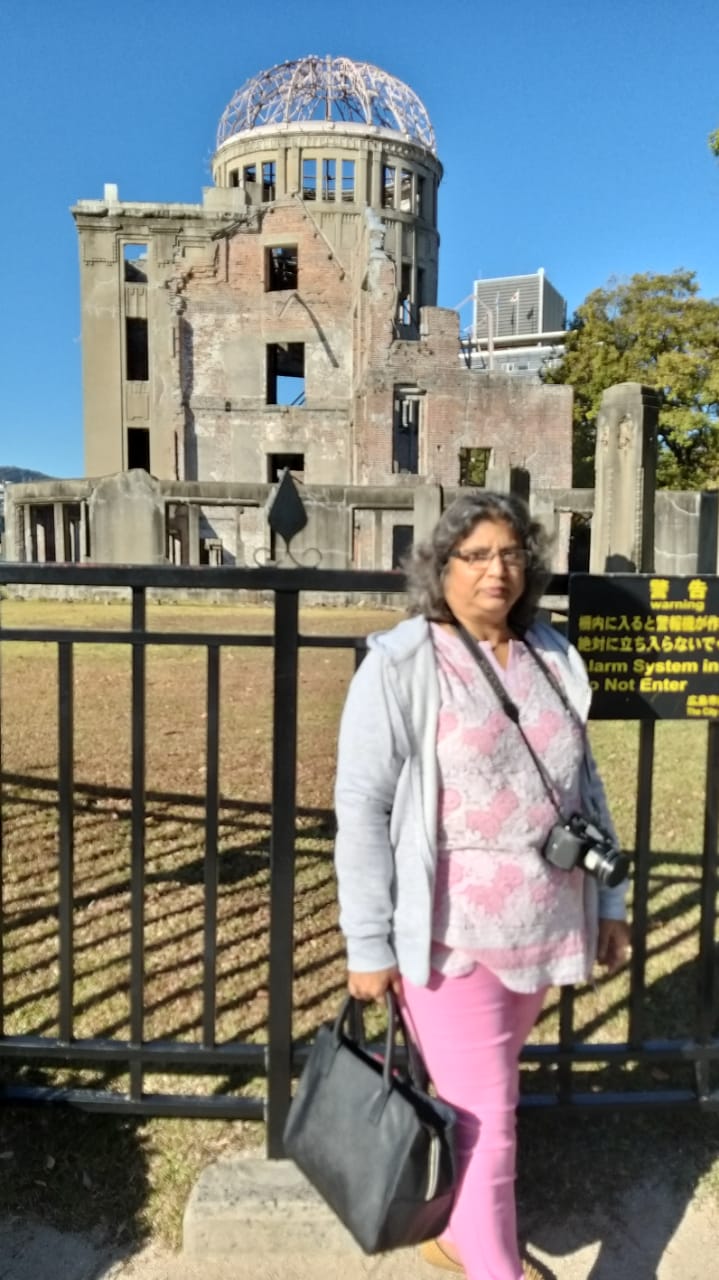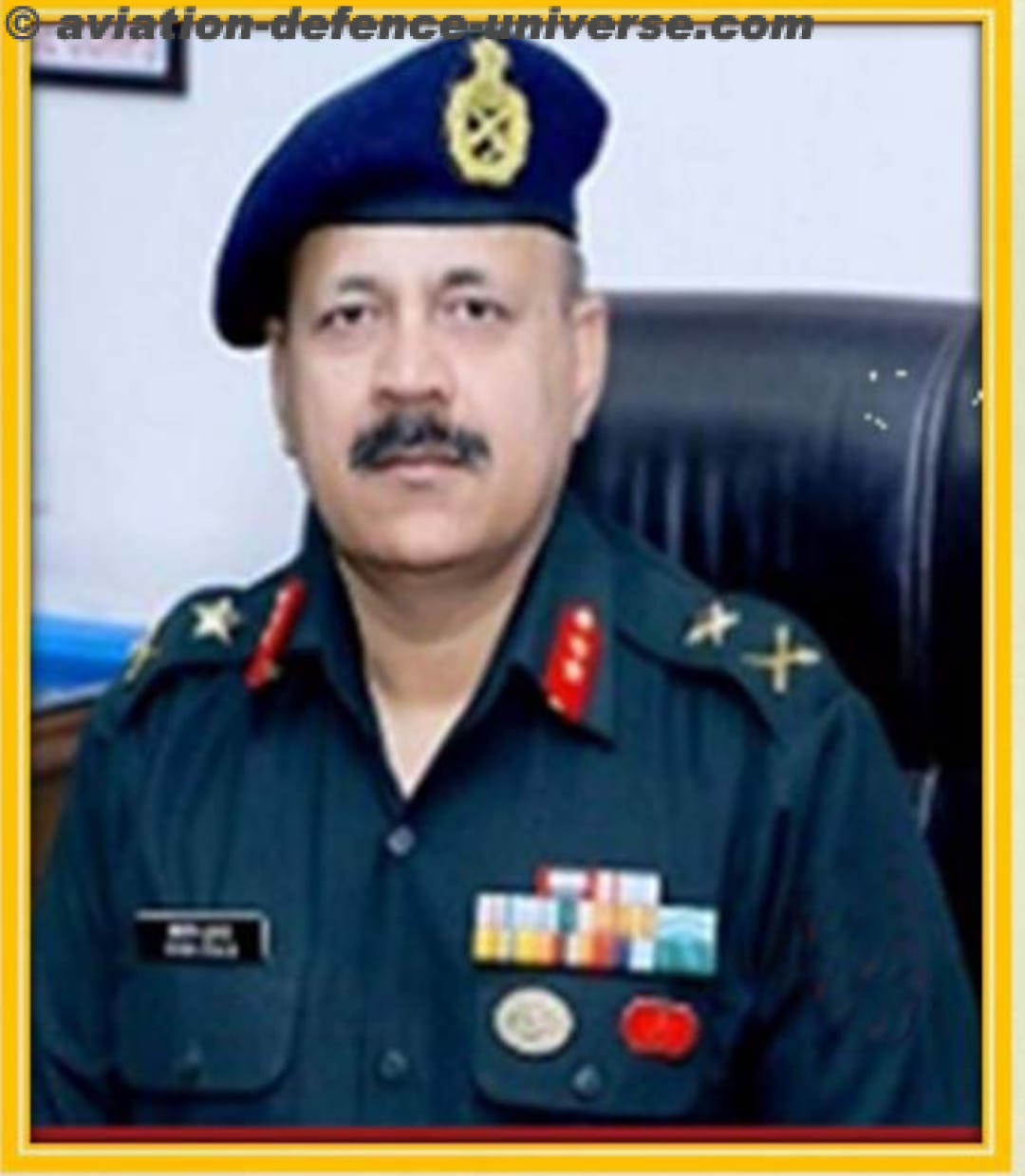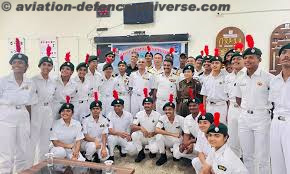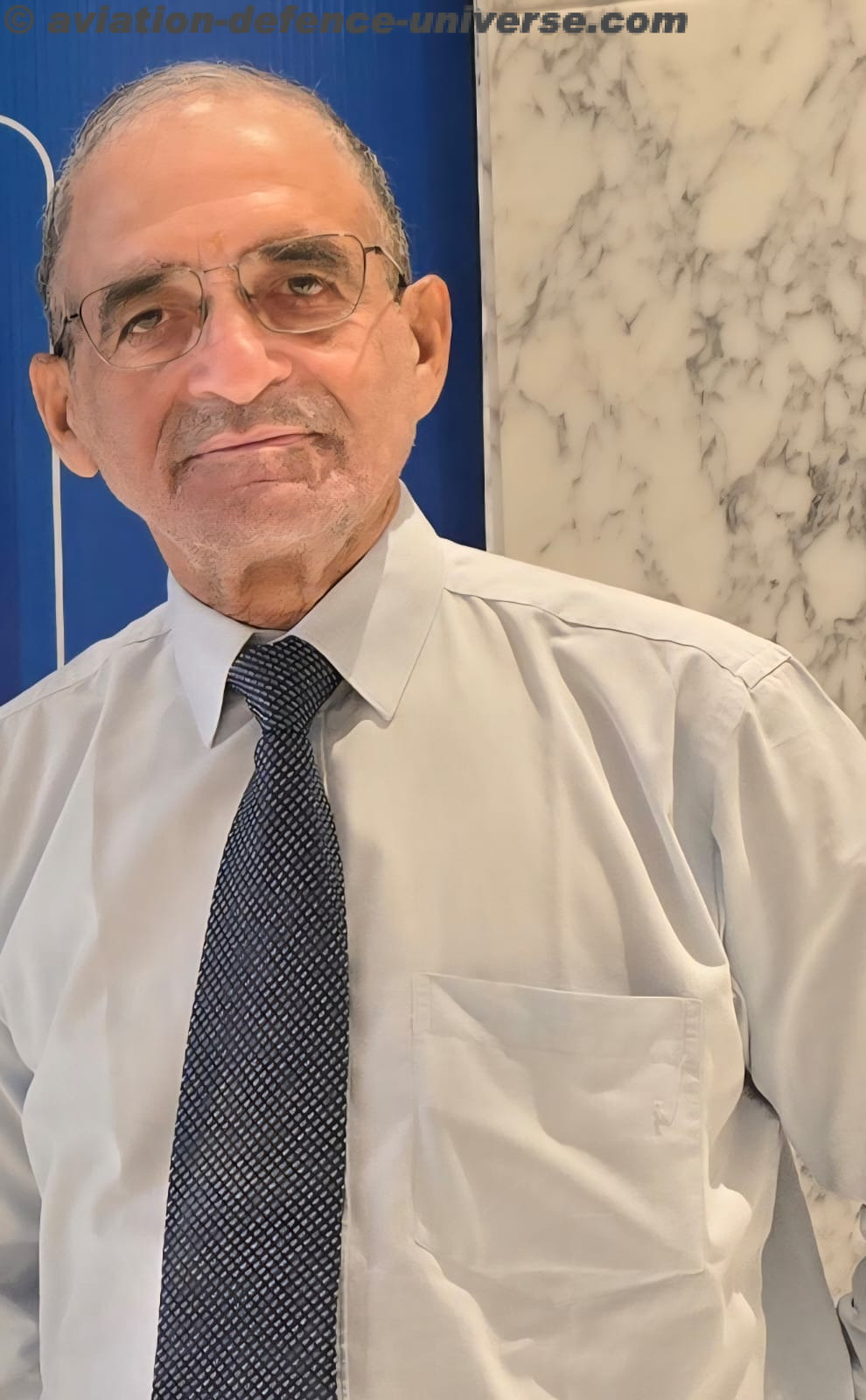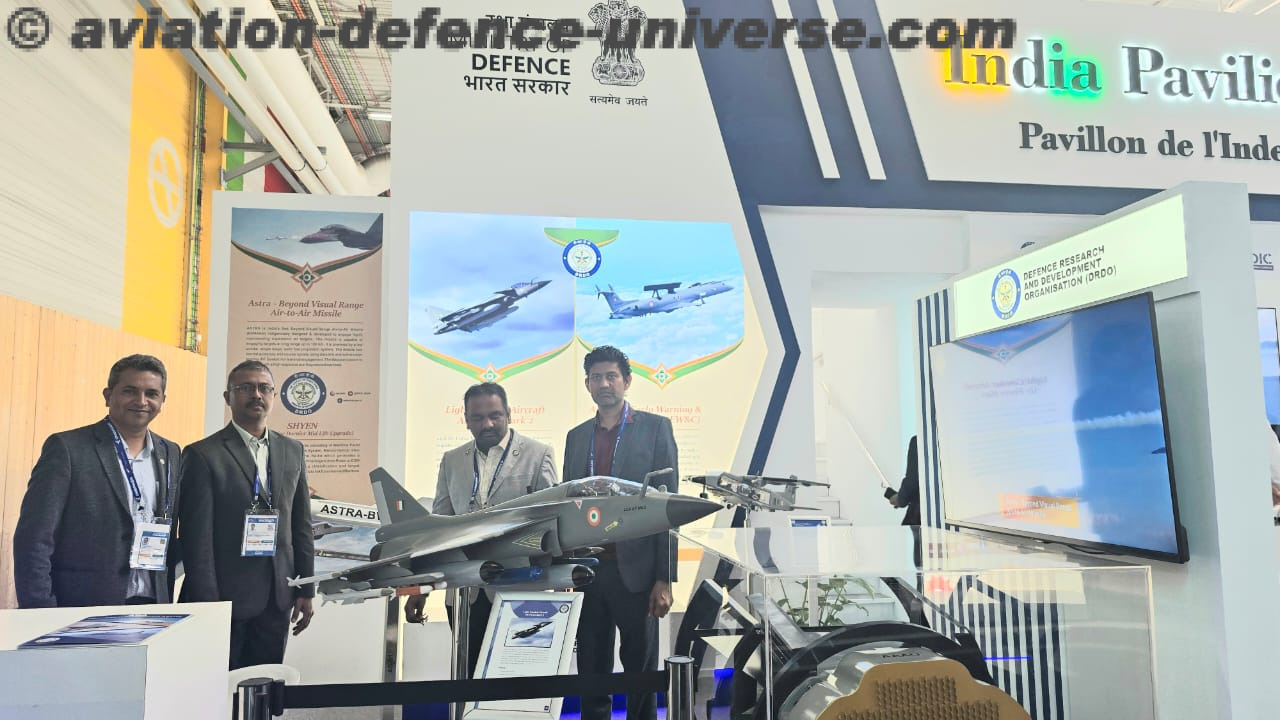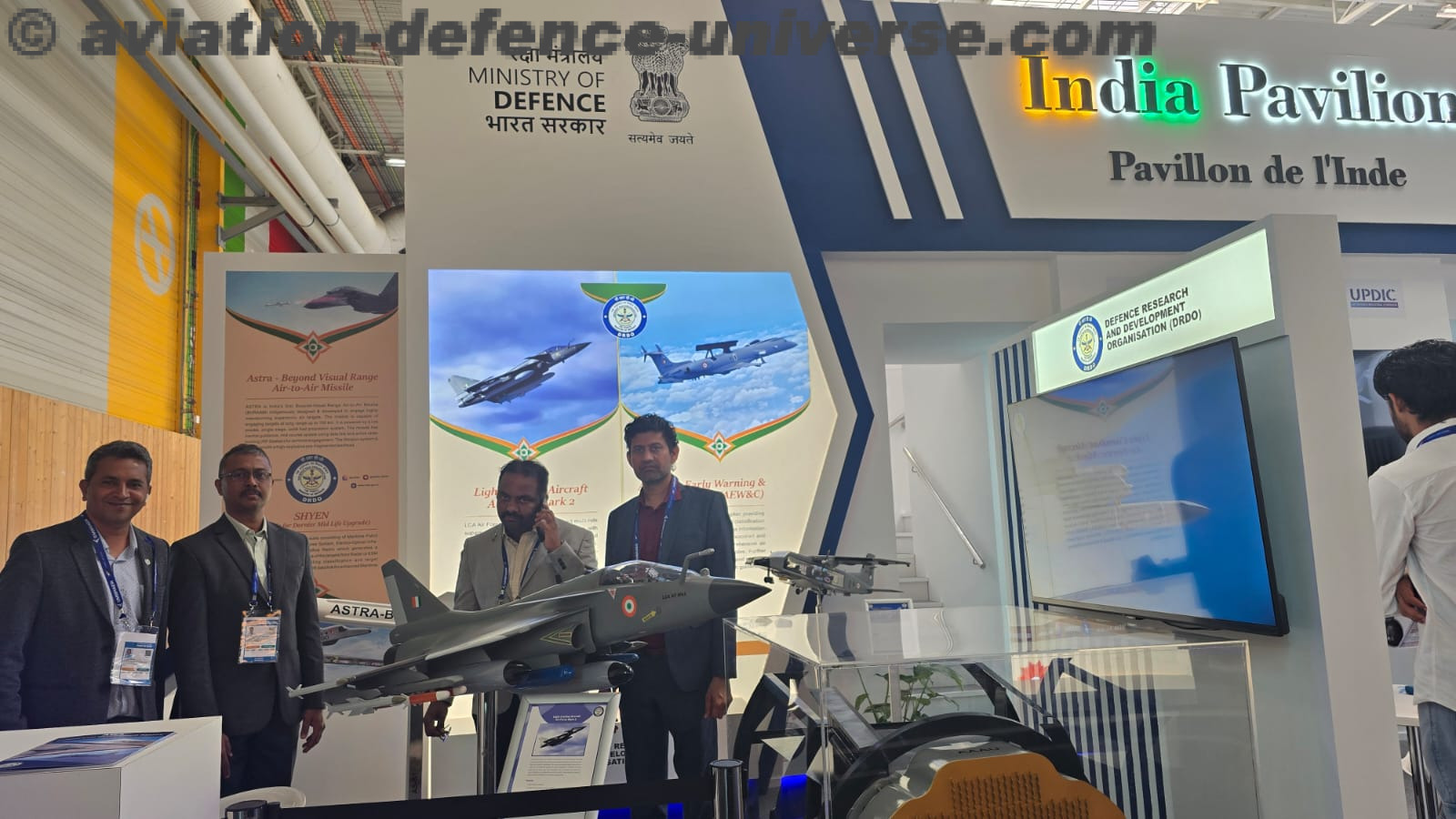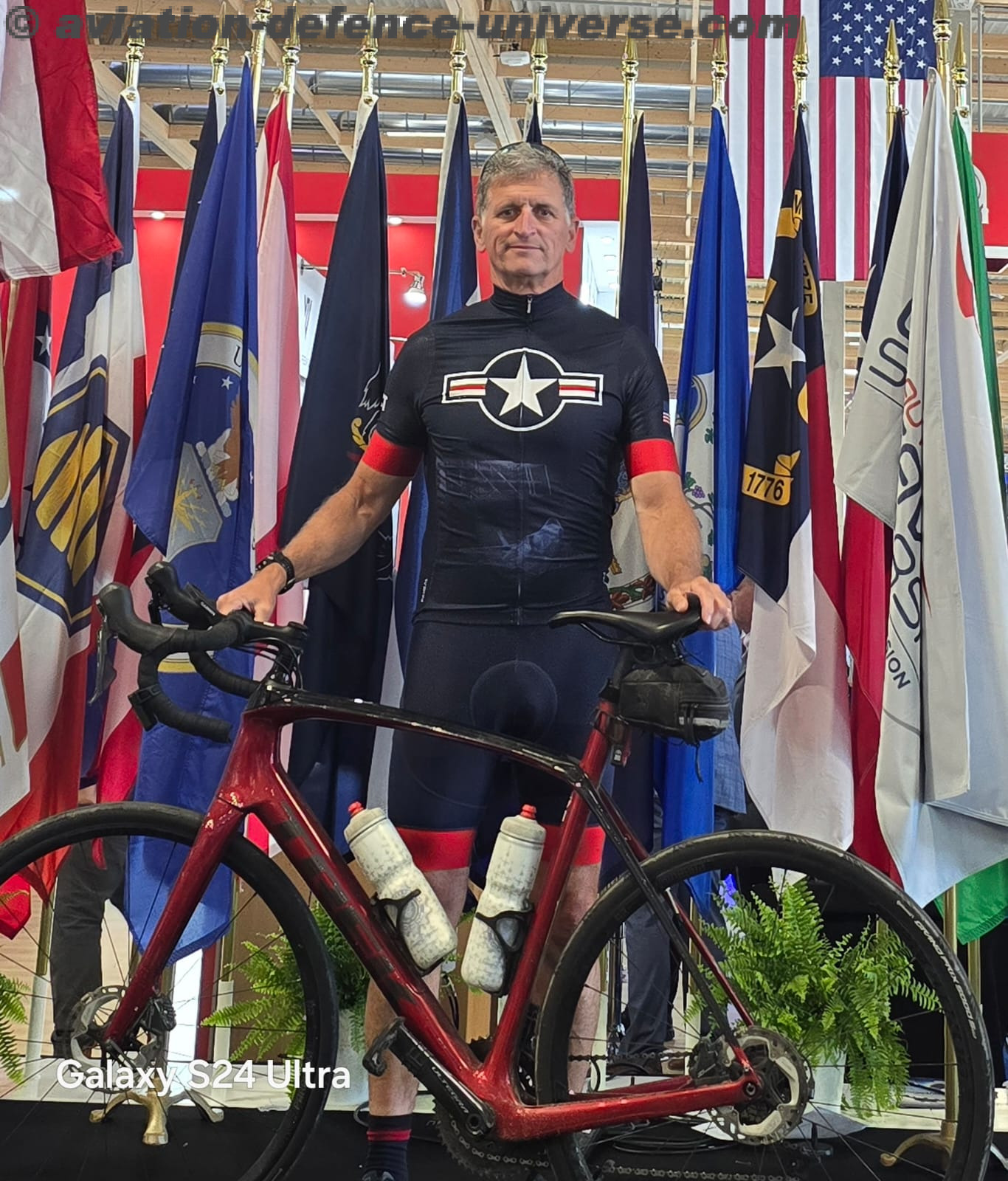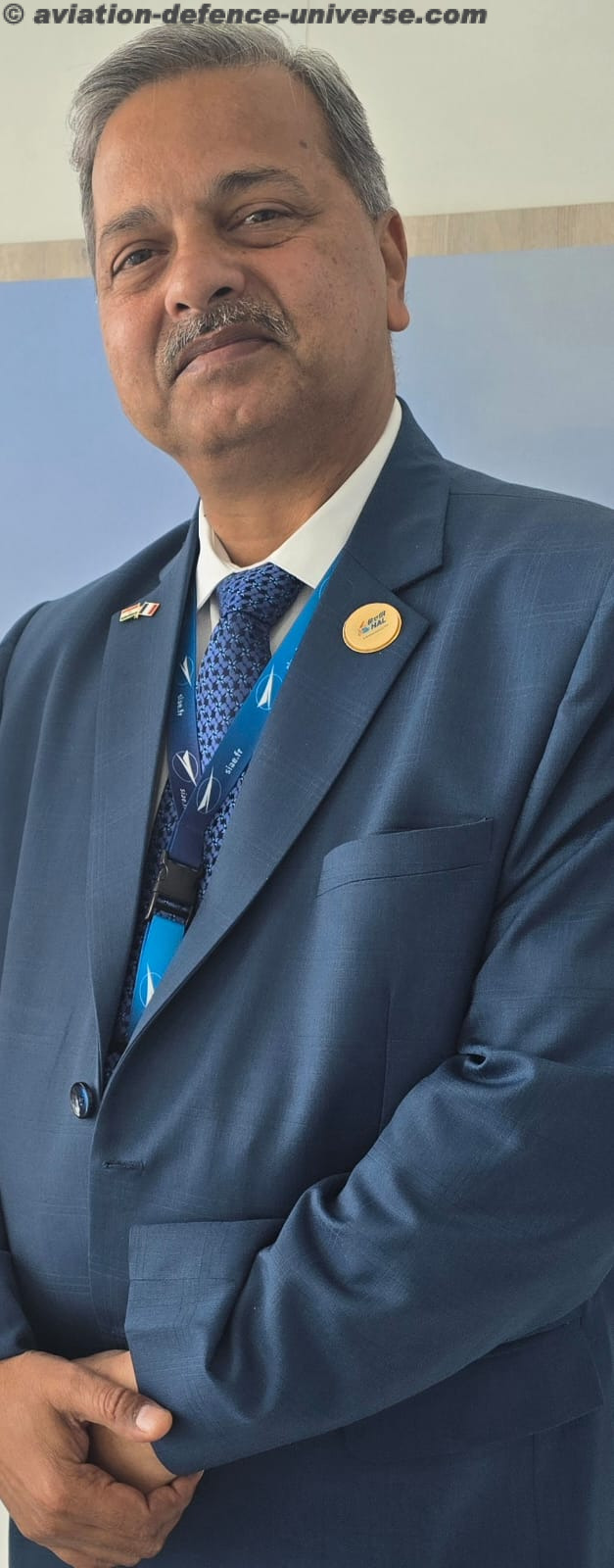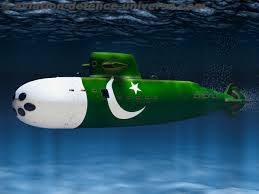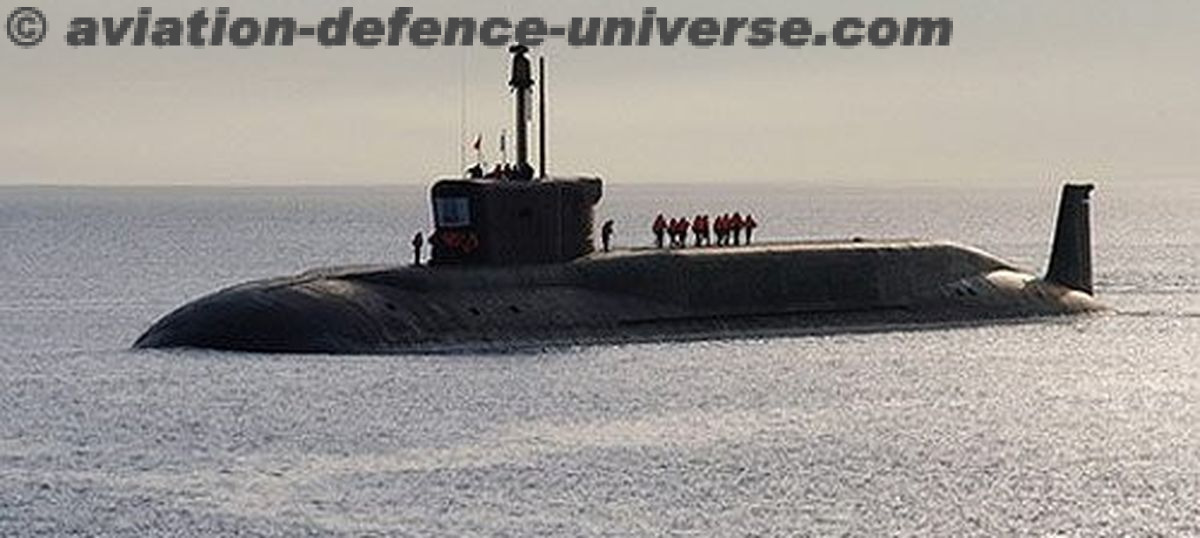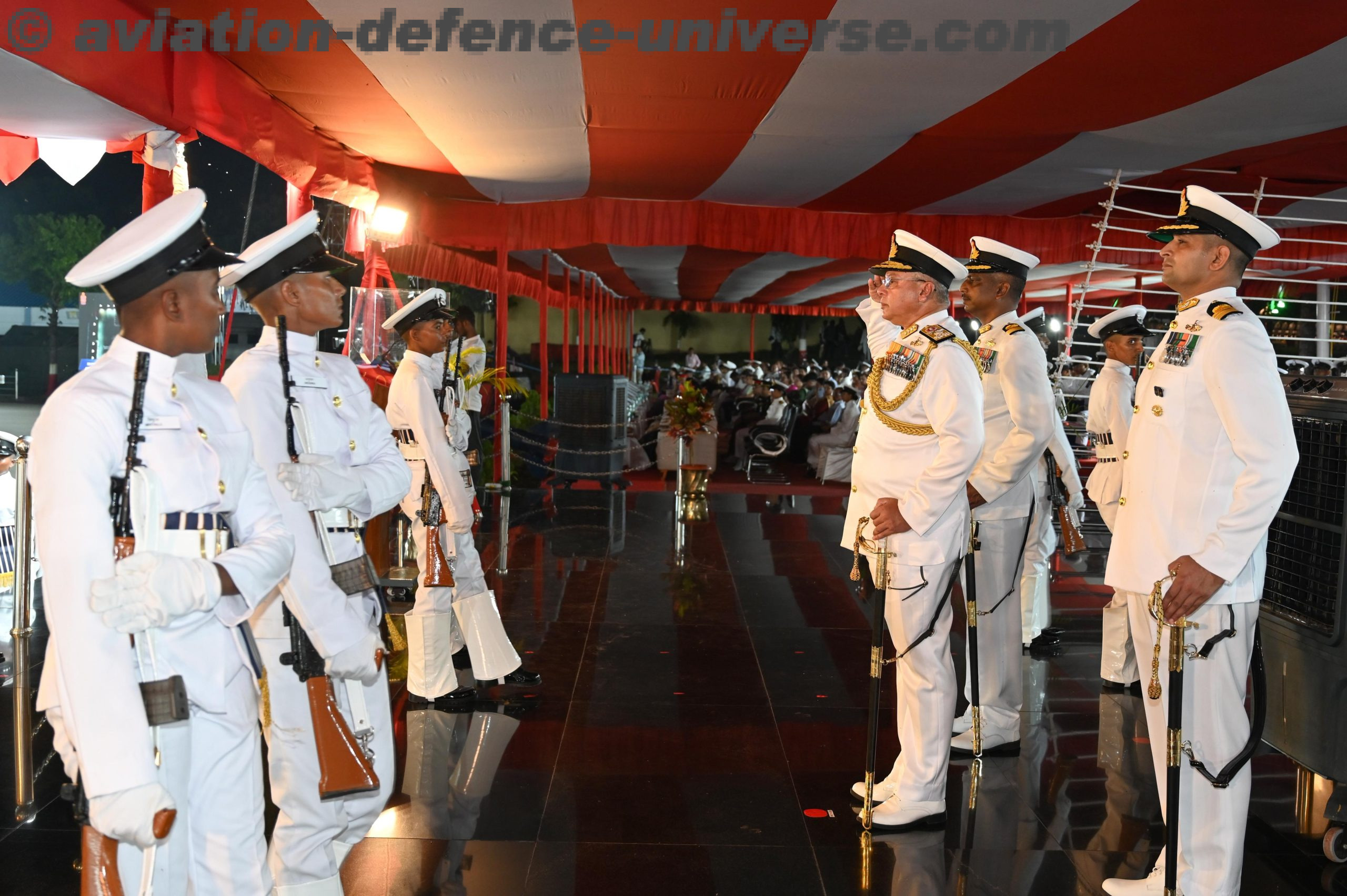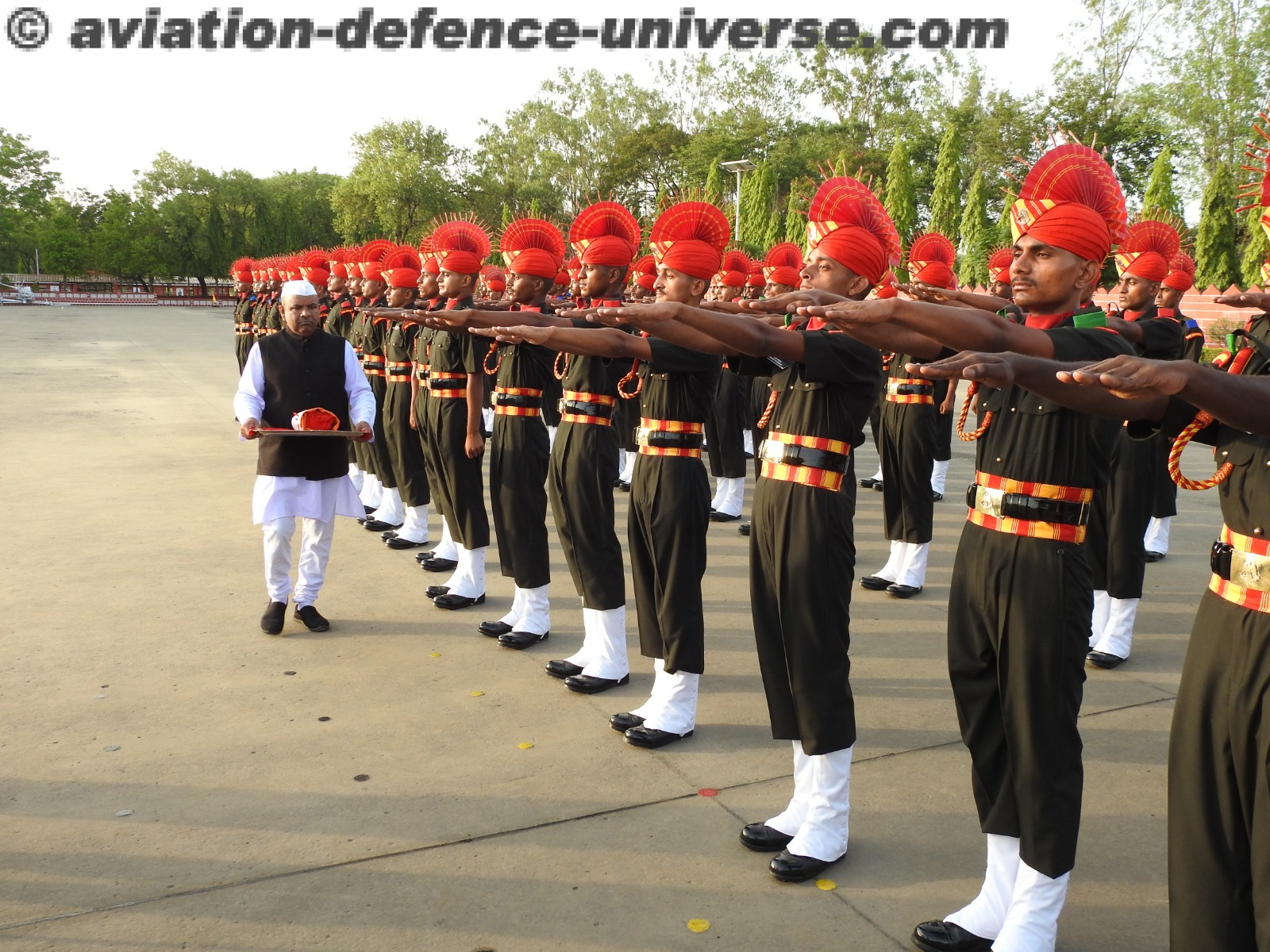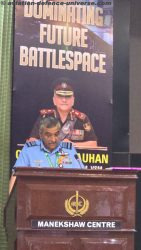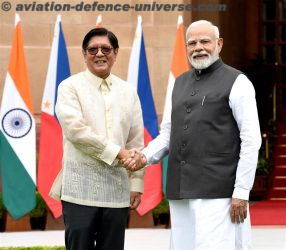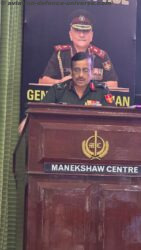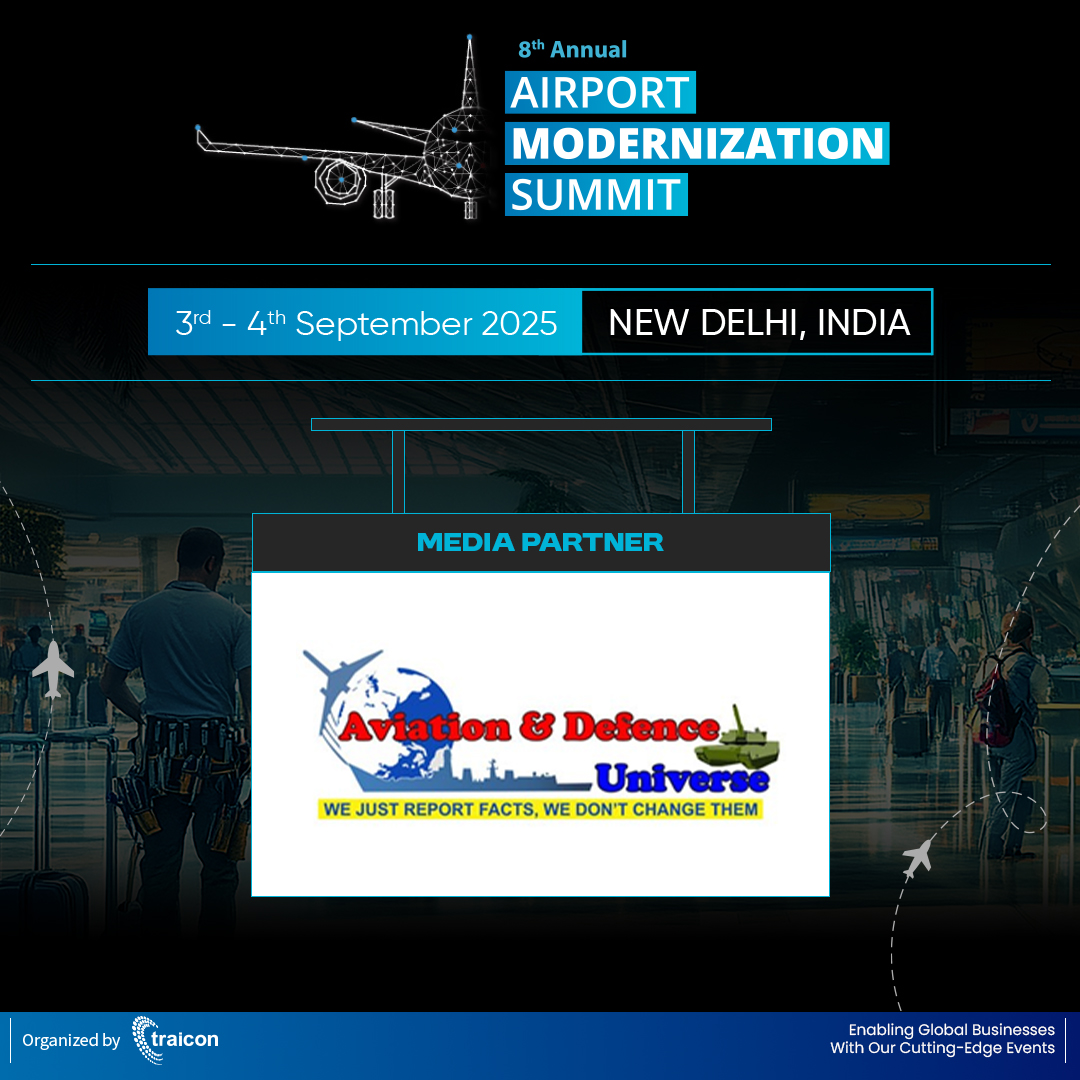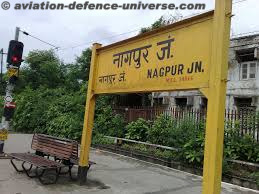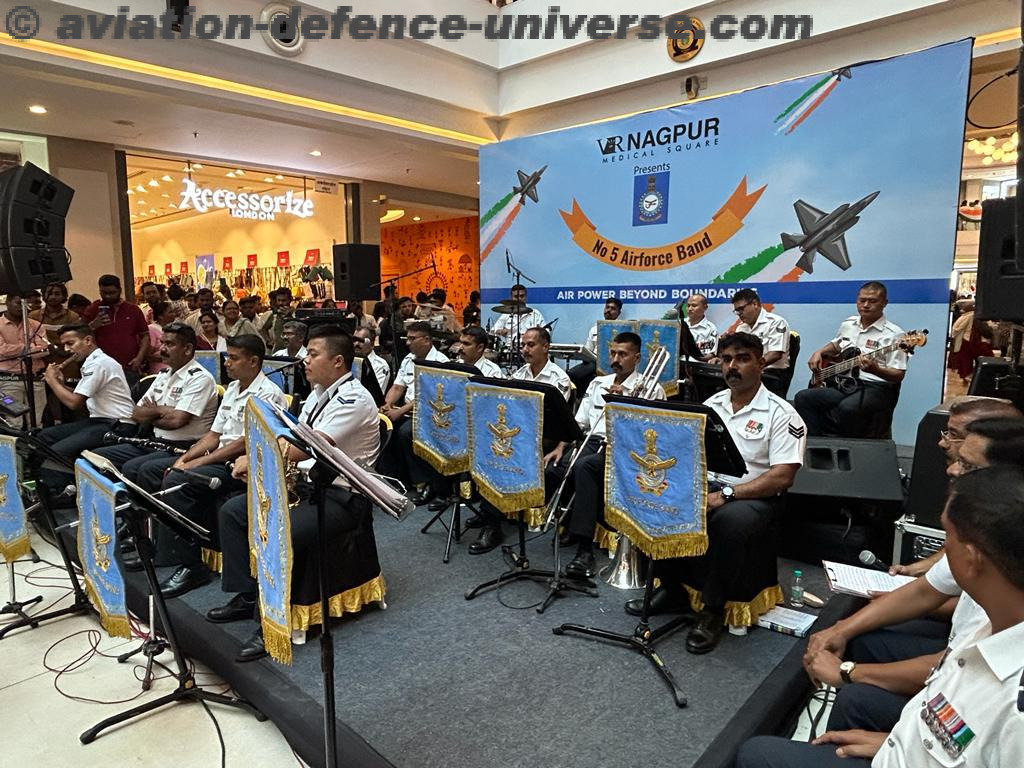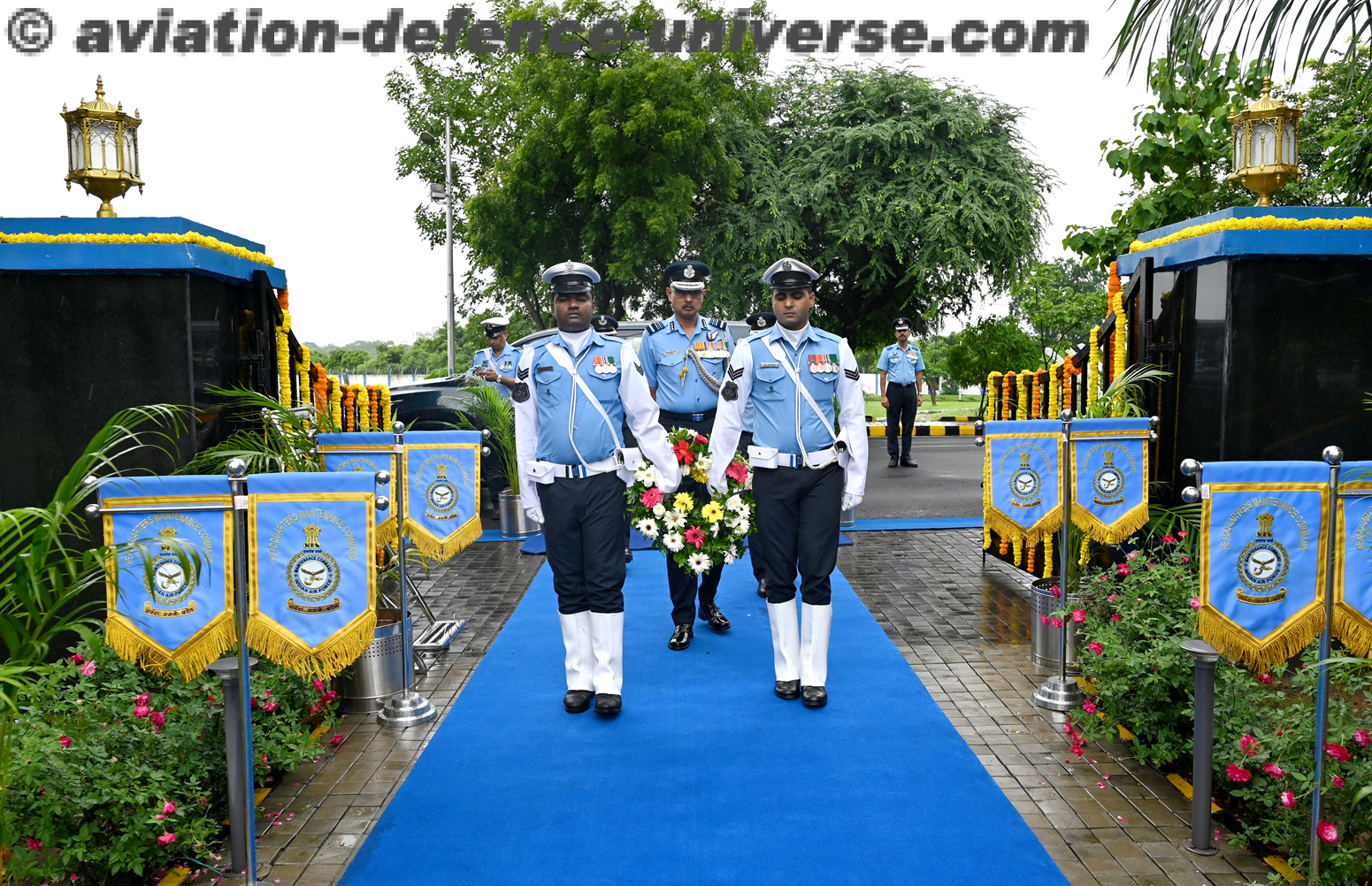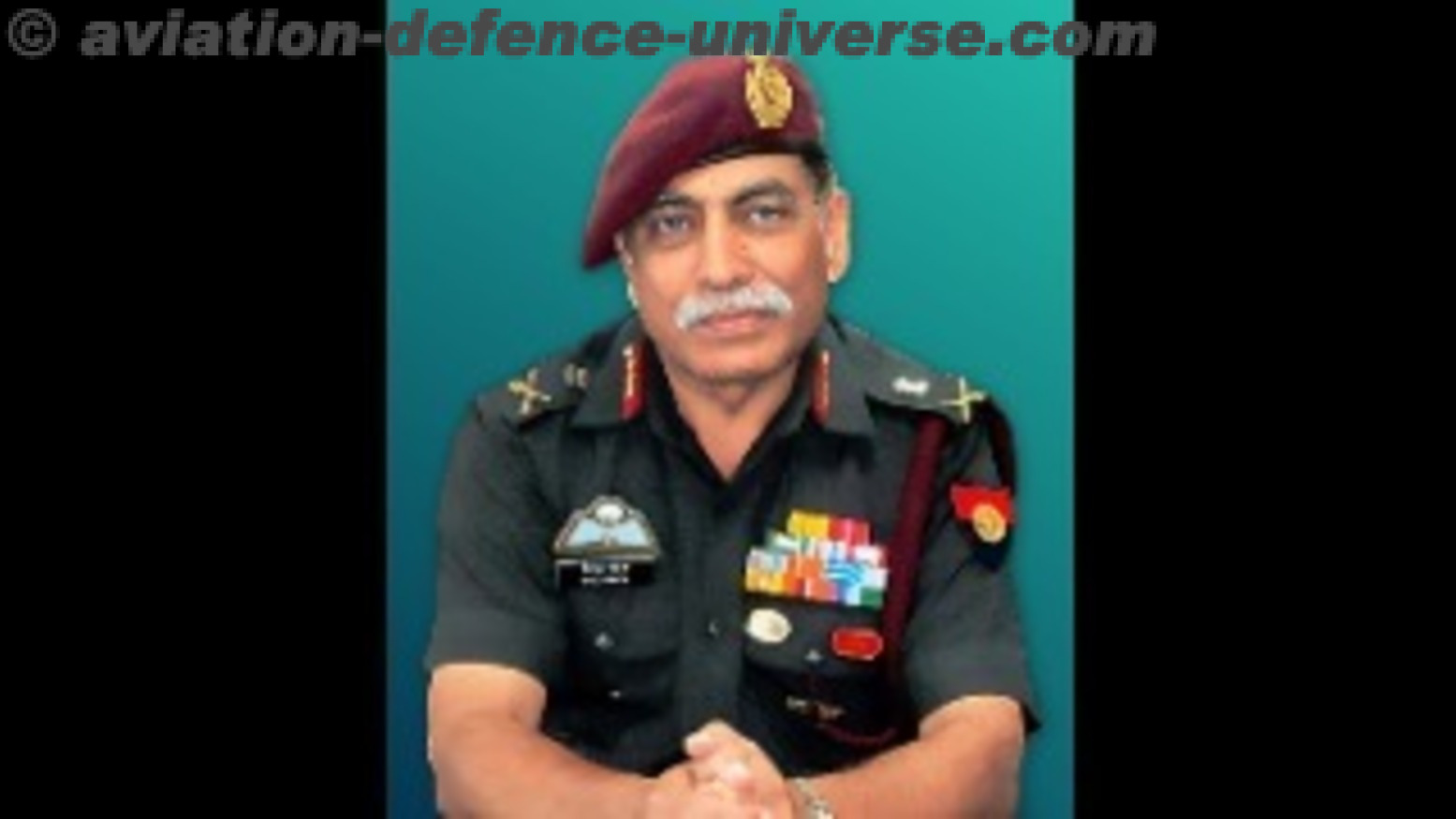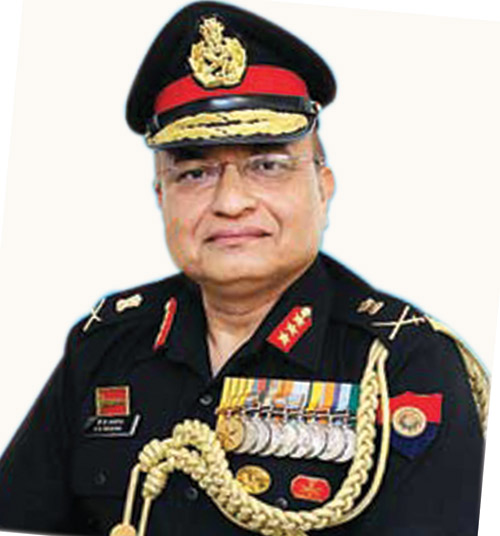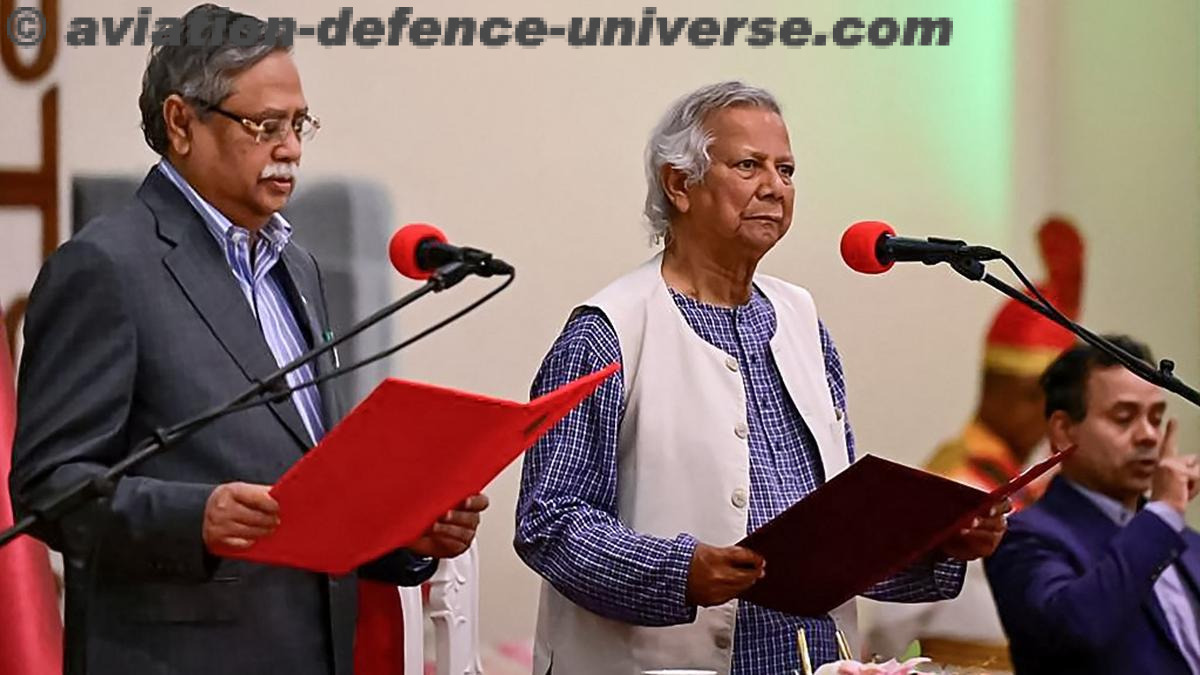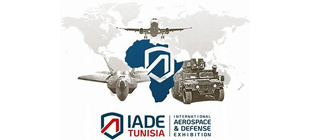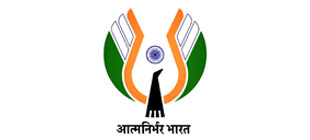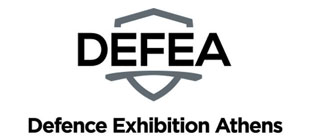- From Controversy to Combat: Agniveers Silence Critics in Battle
- Earn Their Stripes in Real-Time Conflict
- From Recruits to Warriors
- Agniveers Validate Agnipath at War
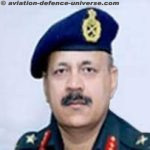
By Maj Gen (Dr.) Ashok Kumar, VSM (Retired)
New Delhi. 04 June 2025. India’s Agniveers are no longer just a policy – they’re a presence. From barracks to battle – Agniveers stepped into history during Operation Sindoor. India’s bold military reform just found its real-world validation. Deployed in Operation Sindoor, these young recruits under the Agnipath scheme showed remarkable battlefield competence. A powerful example of reform in action.
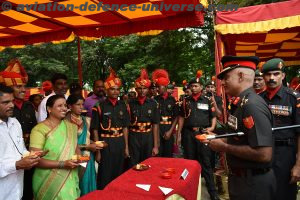
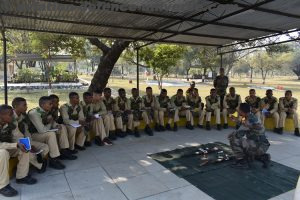
When the Agnipath scheme was launched on 12 June 2022 by the Government of India, a serious debate emerged on the viability of this concept. It is true that the scheme was transformational as it envisioned only four years of tenure of these Agniveers after which only top 25 percent Agniveers were to be retained with the purpose of maintaining the youthful profile of the Armed Forces which is the critical need of our defence forces given the terrains prevalent in most of the areas which are likely to be potential battlefields both with China and Pakistan. Everyone knows that younger soldiers are more suited to fight in High Altitude conditions.
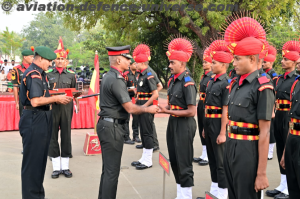
The debate about this scheme continued despite the argument that those in the current dispensation are responsible enough to formulate the policies in the national good as it is they who have to fight the wars as and when this takes place. Despite lot of favourable arguments, the debate keeps surfacing off and on .In any case, all the policies remain open to mid course corrections which is a part of established process more so in the defence forces. Since the launch of this scheme, some amendments have been already incorporated and it is natural that more amendments /modifications may be implemented based on organisational feedback compiled from the concerned stake holders.
The concern about non-retained Agniveers has already been addressed to a reasonable extent due to preferred vacancies in CAPFs as well as in No of state Governments. Uttar Pradesh has recently announced 20 percent vacancies for Agniveers in UP Police and PAC. The acceptance of this category of trained and skilled manpower with highest degree of discipline embedded will be highest for all category of employers be in the Government sector or in the Private sector. Not only this, Agniveers can start their own business as there are multiple options created by the Government for financial support for this purpose.
All such details were known to those who have been opposing this scheme but their last retort was related to the Agniveers failing the units and nation during war/conflict. Though this could be refuted by giving the relevant examples but it was more credible if Agniveers performed either at par or better than their colleagues during conflict/war. There was no certainty of this happening once the scheme was announced wherein these Agniveers could be tested during war/ conflict conditions. While they were being deployed in high altitude as well as in counter insurgency roles but the real test was to come during war as it puts highest degree of physical and mental perseverance.
The Indian Army’s Agniveers have emerged as a symbol of resilience and resolve, earning their stripes in Operation Sindoor, the tri-services counter-strike launched in response to the Pahalgam terror attack. Once the subject of heated national debate, the Agnipath scheme has now found its moment of vindication on the battlefield. Agniveers, deployed alongside experienced regulars, demonstrated operational maturity, tactical sharpness, and fearless determination. Their baptism by fire has not only silenced critics but has reinvigorated public and military faith in India’s most radical military recruitment reform in decades.
(Maj Gen Ashok Kumar, VSM (Retd) is Director General Centre for Joint Warfare Studies (CENJOWS), a Kargil war veteran and a defence analyst. He specialises on neighbouring countries with special focus on China. The views in the article are solely the author’s. He can be contacted at editor.adu@gmail.com).













